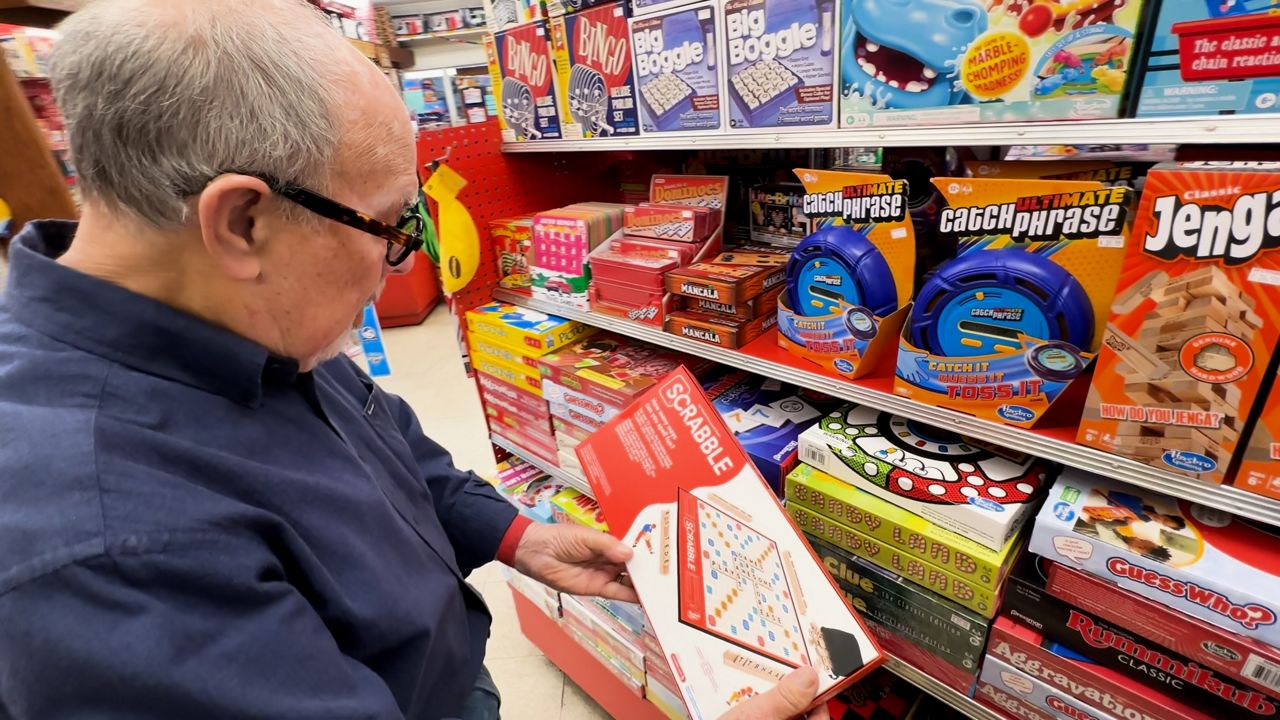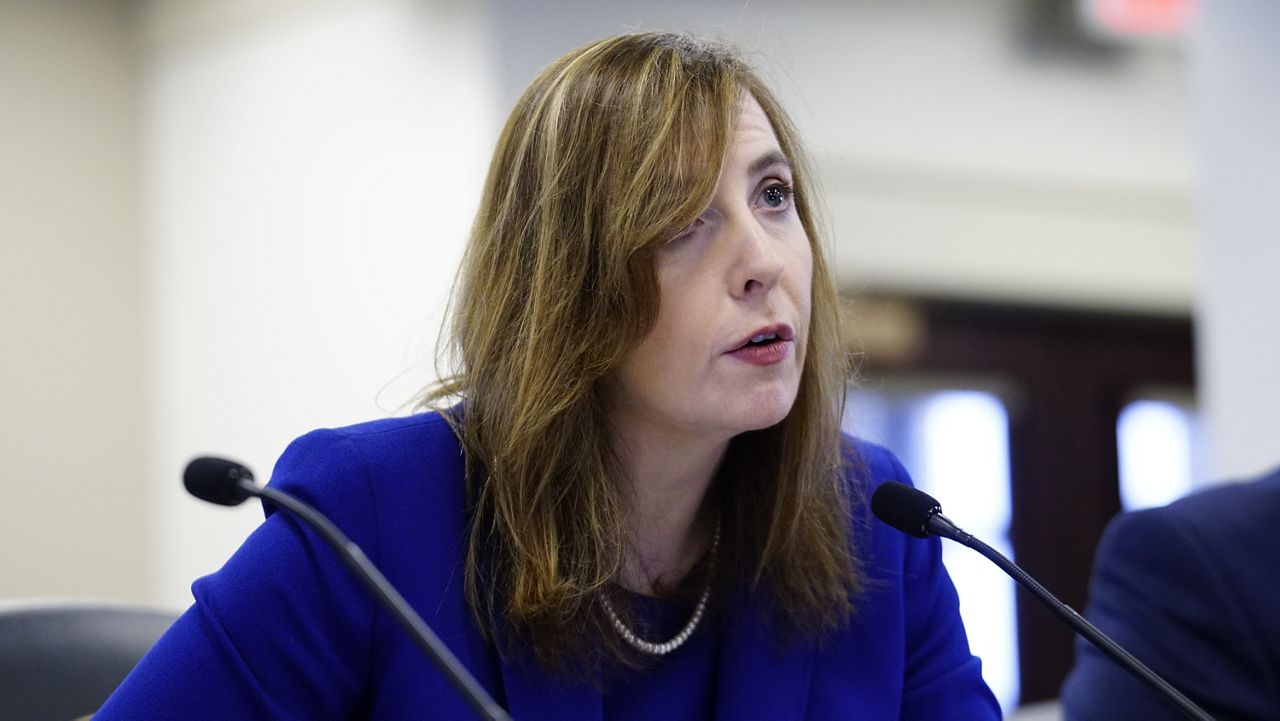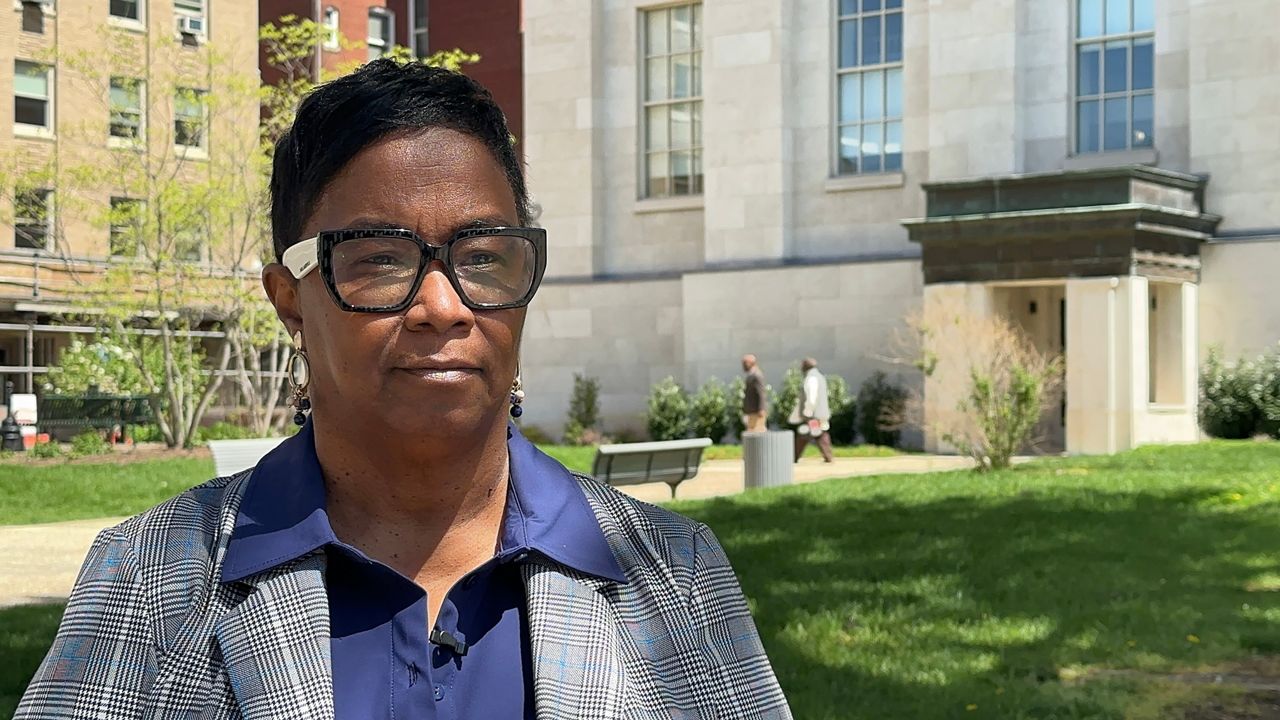LOUISVILLE, Ky.-- Children at Englehard Elementary are given food to take home and eat over the weekend. It's one symptom of a growing community living in poverty, according to the Greater Louisville Project (GLP). Researchers at the GLP are looking for ways to stop the statistics of people in poverty from growing, by coming up with ways to curb the numbers. Their studies indicate 38,000 children live in poverty in the city; that would fill two KFC Yum! Center arenas, and three Louisville Slugger stadiums. On a statewide scale, the Kentucky Department of Education reports that in the 2016-2017 school year, there were 26,752 kids in public schools classified as homeless.
- According to researchers with the Greater Louisville Project, 38,000 children live in poverty in the city.
- Data from the Kentucky Department of Education, there were 26,752 kids in public schools in 2016-2017 classified as homeless.
- Experts are recommending food banks connect with housing, transportation, and employers to stop the poverty statistic from growing.
Ben Reno-Weber is a researcher with GLP, who's recommending a process through which food banks can connect with housing authorities, transportation, and employers, in order to fill the needs of those struggling to make a living.
"Food insecurity is a massive issue across our community. But no matter how impactful that is, if we don't also address the issues that surround that child and that family- issues like housing insecurity, a job that doesn't pay enough to live a, make a living wage, transportation, we're never going to be able to change the trajectory of that kid's life," says Reno-Weber, "If you showed up [to food bank] because you need food, that is probably indicative of other things going on in your life that are probably not working. We have lots of resources to support families if we could figure out who that person was and how do we contact them?"
In Louisville, some of the tens of thousands of children classified as homeless attend Englehard Elementary. The student population is about 400 kids. Principal Ryan McCoy says about 16 to 20% are homeless.
"That does not necessarily mean that they're living on the street," McCoy explains. "So, we do serve five shelters in the area. We also have many families that just are very mobile and live with other family members."
Parent Jessica Giles and her daughter, Alashia Watson, say they are grateful for the program 'Blessings in a Backpack' at the school, which gives them food to supplement their pantry over the weekend. The family of two lives in an apartment downtown. Giles feels there should be programs to help the homeless, beyond shelters and pantries that already exist.
"I know they want more out of life," Giles says.










